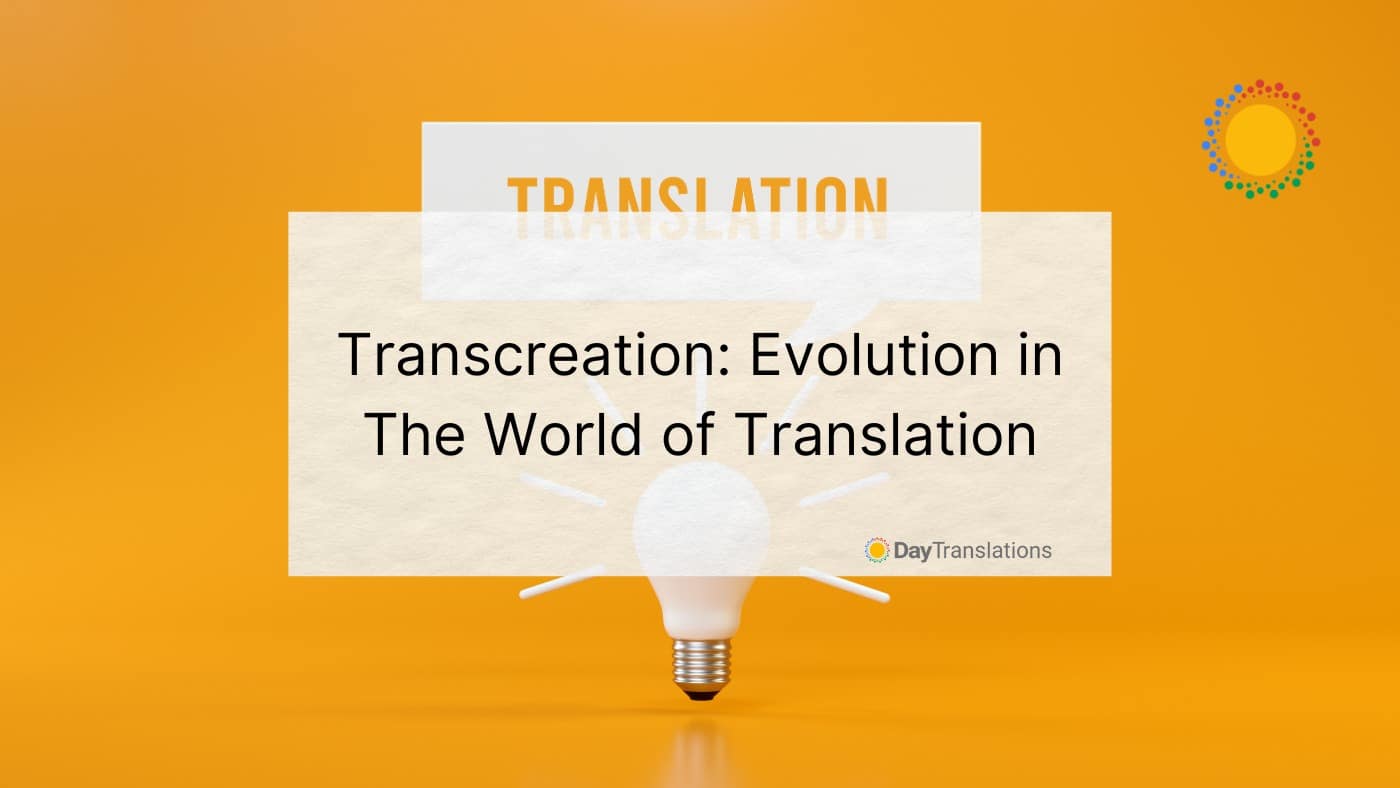Before we embark on the journey of transcreation, it’s important to understand what translation is and what sets the two terms apart. Therefore, it’s fitting to start this article with a question…
What is Translation?
Translation stands for the process of communicating the meaning of one source language to another target language. For centuries, the goal of translation has remained the same – convey the original intent and tone of a message while considering the regional and cultural differences between the source and the target languages.
Unlike interpretation, translation took birth only after the written literature appeared. From its inception, translation has significantly helped shape different target languages by using calques and loanwords. There are some misconceptions about translation which state that translation is a very old way to convey a message, but the truth is that translation is evolving.
Much of modern-day translation is performed with the help of different sophisticated technologies, tools and software. In today’s business landscape, almost every sector is being benefitted by translation to meet diverse necessities, including technical documentation, promotional material and user reviews – just to name a few.
What is Transcreation?
Transcreation is the term mainly used by marketing and advertising professionals. It stands for the process of transferring a message from one language to another without losing the desired purpose, tone, style and context. Yet, the goal of transcreation is to carry the same implications and evoke the same emotions into the target language as it is in the source language. The message reads like a truly well-written original and not like a translated version.
In today’s world, transcreation is increasingly taking its place in different advertising and marketing campaigns across the globe, as organizations are continually looking to transcend language and cultural boundaries. Transcreation includes the use of audio, video, graphics, words and cultural nuances.
Transcreation is synonymous to terms like cross-market copywriting, creative translation, marketing translation, international copy adaptation, cultural adaptation and localization. All of which have the same goal to re-create a message in the target language while keeping the essence intact. A transcreation service can only be successful when it’s accepted and resonates in the targeted local market.
Big Brands Have Adopted Transcreation Successfully
Transcreation of content includes cultural modifications to the texts in such a manner that the target audience can find it culturally relevant, linguistically sound and can connect to it easily. Reinvention of the message to make it more appealing to the target audience is the main goal of transcreation. Here’re an example of how a global brand like Coca-Cola benefitted from transcreation and successfully launched their products in geographically dispersed locations.
Coca-Cola
Check the home page of the Coca-Cola site of USA. Here, the featured model looks like an average American and the featured news is something that is able to create buzz among the American audience easily. Proper localization of its brand and transcreation of its message was the biggest challenge for Coca-Cola when they entered the Chinese market. They changed the pronunciation slightly to keep their powerful meaning intact, changed the model to Chinese and feature appealing news from China to connect more with their target audience.
Going beyond the Translation
Transcreation is all about preserving the brand equity while localizing it. In transcreation, copywriter linguists always aim to elicit the desired emotional response by re-creating a message in such a way that it strongly resonates with the target audience — while translators try to reproduce the intent and wording of a message.
The goal of transcreation is to successfully convey the contextual relevance of a source message in a new language with the help of audio, video, graphics, etc. To attain this goal, transcreators must have the complete creative summary that underlies a campaign, instead of just the source text. Only then can transcreators come up with brand new messaging, which is strategically targeted to a local market.
Though transcreation normally comes at a higher cost than straight translation, to remain competitive in today’s business environment, it’s worth the investment. The importance of transcreation can no longer be ignored. After all, no one wants to compromise their brand equity with an insipid message that send the wrong meaning.
Transcreating in marketing helps the companies in their international expansion. Know more in our free guide to transcreation and international marketing.












Sorry, the comment form is closed at this time.